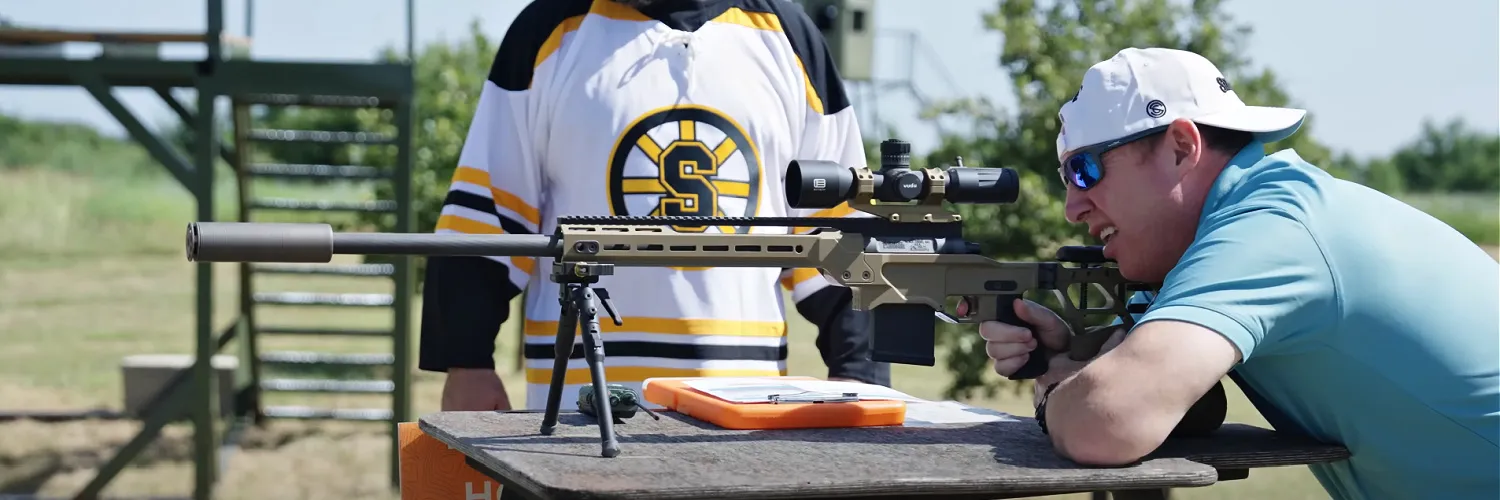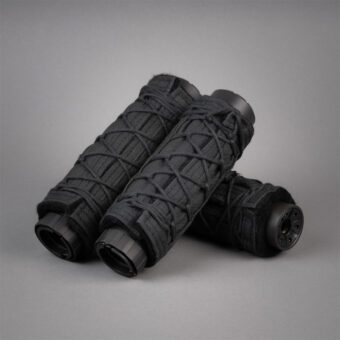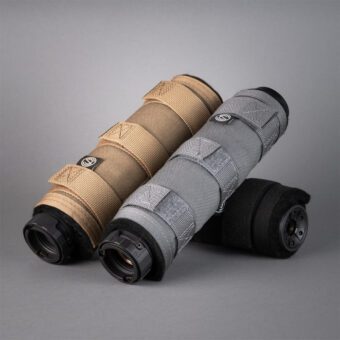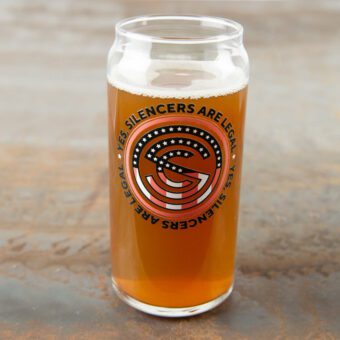Velos LBP 762: Reliable Sound Suppression on the AK Platform
David Higginbotham
Traditional suppressor design uses internal baffles to break up the flow of gasses escaping from the muzzle of a gun. These baffles often impede the forward flow of gas and force that gas back on itself. In a bolt action gun, this back pressure isn’t noticeable. In gas-driven actions, back pressure can create problems. SilencerCo’s Velos Low Back Pressure series of suppressors solve the problem without sacrificing noise suppression.
But first, let’s talk about the 762. Though I tested this can on a .308, it will live on an AK, and that requires a momentary detour.
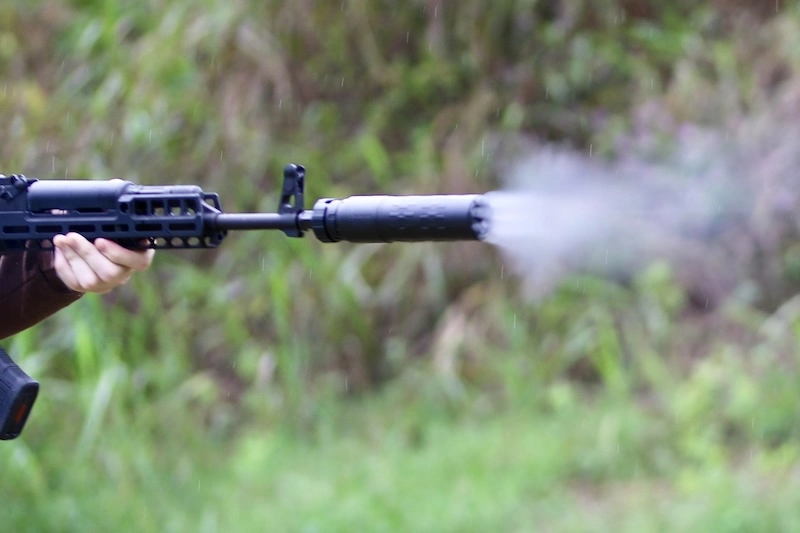
Adding a Suppressor to an AK
If you own an AK platform pistol or rifle, it may seem more difficult to add a suppressor.
The first challenge may be the thread-pitch on the barrel itself. As these rifles owe their
inspiration to a decidedly unamerican system of measurement, the thread pitch on your
silencer may not mate correctly. Many AKs are threaded in either 14×1 LH or 24×1.5
LH.
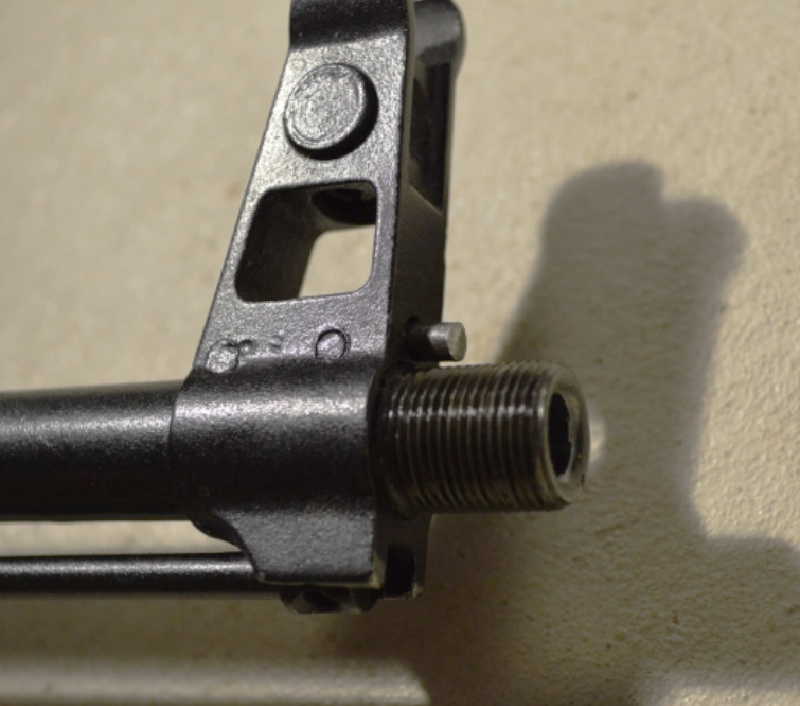
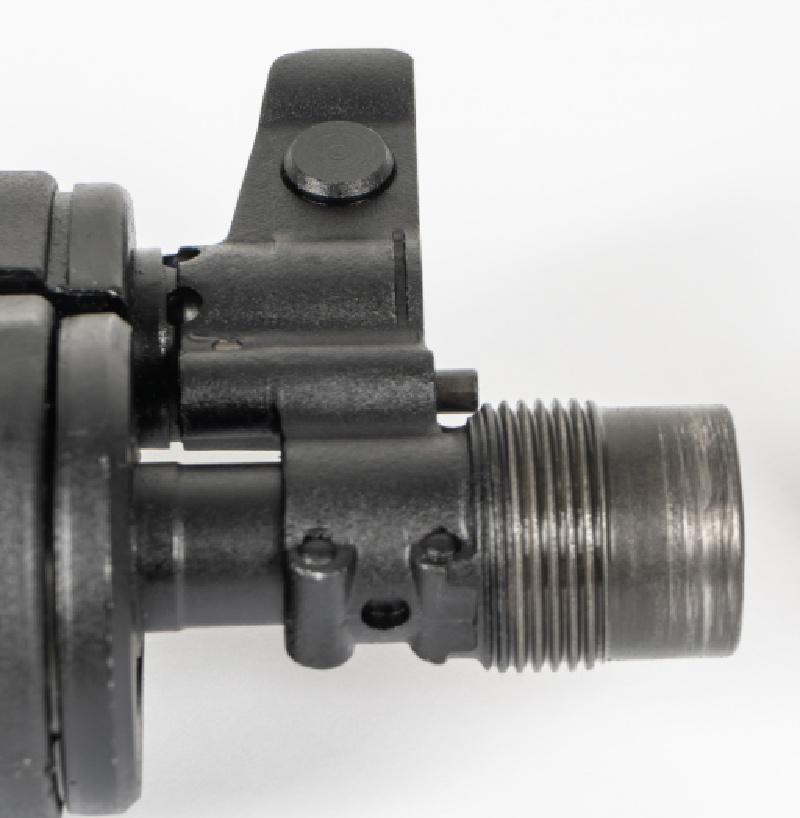
Now, it is absolutely possible to suppress an AK. The best option is to get the barrel rethreaded to 1/2×28. Whether your threads are 14×1 or 24×1.5, you can machine it down and have a proper shoulder to index your muzzle device to.
There are many adapters on the market that can convert your threads to a more common thread pitch. However, if it’s non-concentric to begin with, adding a thread adapter will not help and could make it worse.
SilencerCo does not recommend using a thread adapter. Rethreading the barrel is the best and most reliable way to build a solid suppressor host.
If your barrel threading isn’t concentric to start with, and some AKs have this problem, the thread adapter will not be concentric either. With a short muzzle brake, this isn’t usually a problem. Suppressors, though, are longer. The bore must be directly in line with the path through the suppressor or you risk a baffle strike.
If the barrel threads are concentric and everything lines up, a thread adapter should work fine. As this is a rifle I often modify and use for accessory and mod reviews, I am choosing to use the adapter, which allows me to go back to native AK accessories, should I choose.
Once you have that out of the way — an adapter or a rethread — you can focus on getting it all timed right — and that’s where we return to back pressure, and the Velos LBP 762.
The Velos LBP 762
If you own an AK platform pistol or rifle, it may be difficult to add a suppressor. The first challenge may be the thread-pitch on the barrel itself. As these rifles owe their inspiration to a decidedly unamerican system of measurement, the thread pitch on your silencer may not mate correctly.
A pitch adapter solves that problem. Those are easy to come by and easier to install. Once you have that out of the way, you can focus on getting it all timed right — and that’s where we return to back pressure.
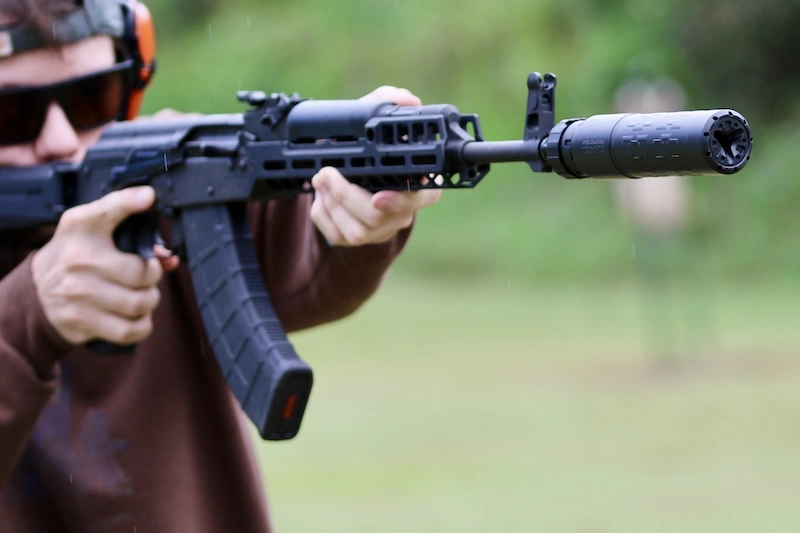
What Is Back Pressure?
In its most simplistic, back pressure is the force placed on a gas system by (mostly) closing off one end of the system. The pressure comes from the expanding gasses. The gas system in some semiautomatic rifles and shotguns siphons a select amount of these expanding gasses and directs them back toward the action, where they drive the bolt carrier to the rear, cycling the action. And, in this explanation, the suppressor is what partially closes off the system, leaving more gas inside that system where it then seeks the path of least resistance.
That gas, searching for a way out, tends to run through the gas tube of a direct impingement AR, for example. The end result of this can be a rifle that cycles hard or too fast, adding unnecessary wear to the gun. Another byproduct is a face full of gas and soot, which we typically call blowback.
In the AK platform, back pressure slams the piston back hard. There are adjustable pistons for AKs, but you have to take down the gas system to get to them. This isn’t simple.
Some rifles, especially higher end AR designs (PWS, Adams Arms, LWRC…), will have adjustable gas systems. These are helpful, but not always fool-proof. And you may need to adjust the settings if you switch ammo or put on (or take off) a suppressor. Otherwise, the gun could be under or over-gassed and not cycle correctly.
That’s where the low-back-pressure design of the Velos holds its own.
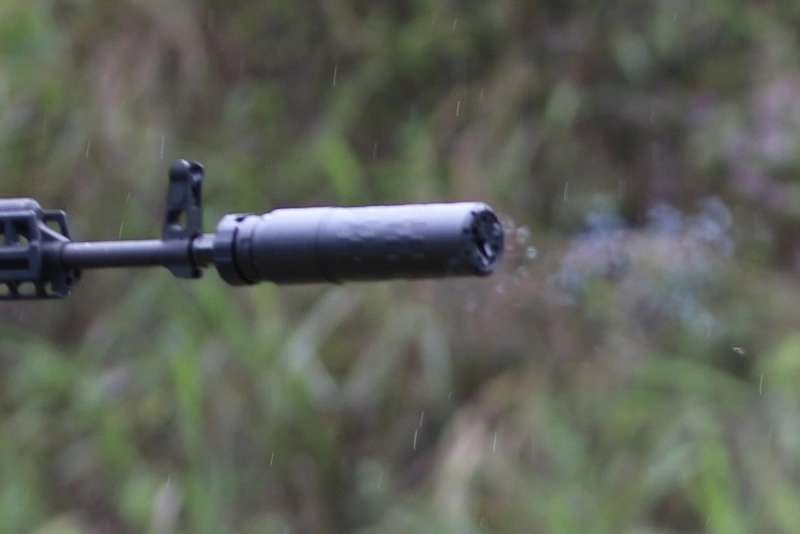
How the Velos LBP Works
The Velos LBP 762 has a series of small holes in the end cap. Most suppressors block gasses from escaping by making only one vent — the hole through which the projectile exits. This setup makes the size of that hole just large enough for the diameter of the intended caliber to pass through unobstructed.
The Velos LBP 762 has a hole diameter that allows many .30 caliber rounds, and the 7.62mm rounds specifically, to escape. Inside the suppressor, these rounds pass through an inverted Charlie flash hider that is just inside the endcap on the front end of the suppressor. This also keeps the gases changing direction, but it does so without forcing them straight backward.
The endcap has a ring of smaller holes surrounding the central bore that vents the disrupted gas forward in a clean jet. These holes are small. You might assume that adding vent holes to let out the gas would also allow noise to escape, too, but the LBP design still takes the edge off the rifle’s report — bringing the noise levels down under the 140 dB mark.
It is this combination of atypical gas redirection and small vent paths that allow the Velos LBP to suppress the noise while not forcing the excess captured gasses back into system (or into your face).
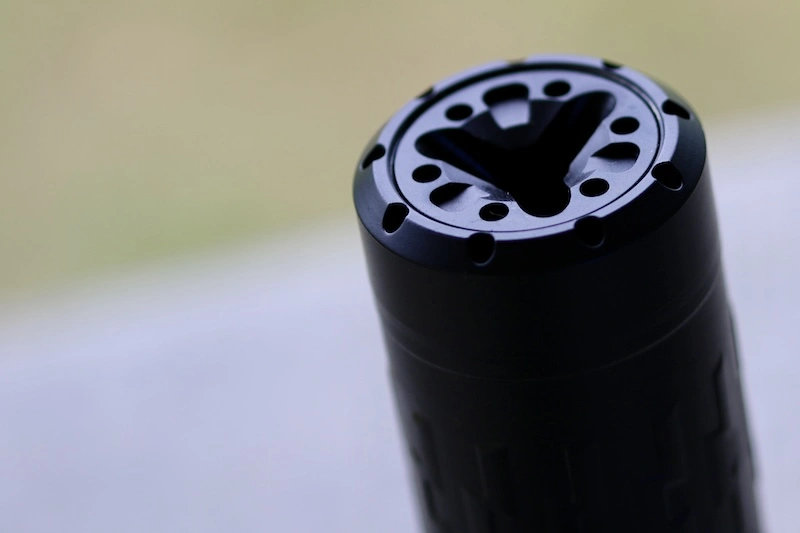
What's the Velos LBP Good For?
SilencerCo makes several .30 caliber suppressors. The Velos LBP 762 is ideal for use on semi-autos and even on automatics. It is full-auto rated and can even be used on belt-fed guns.
These are dedicated caliber guns (meaning their end caps are not swappable for smaller rounds). The 762 size is ideal for .30 caliber AR platforms like the AR-10, or for 7.62×39. If I were to suppress a 5.56, I’d opt for the smaller size Velos 556K — it is shorter in configuration. In between, is the Velos LBP 556 — a longer version for those who are not as concerned about the overall length.
Here are the basic specs on both length and weight for all three models:
| Suppressor | Length | Diameter | Weight |
|---|---|---|---|
| Velos LBP 556 | 5.98 inches | 1.73 inches | 15.2 oz |
| Velos LBP 556K | 4.76 inches | 1.73 inches | 12.4 oz |
| Velos LBP 762 | 6.4 inches | 1.73 inches | 16.5 oz |
How the Velos LBP Is Made
Capturing expanding gasses, especially during automatic or rapid-fire scenarios, requires strength. SilencerCo is using a 3D-printed Inconel 625 core. Onto this, they weld 17-4 stainless steel front and rear sections. The resulting design is, according to SilencerCo’s internal testing, the strongest suppressor they’ve ever built and it is finished in Cerakote, which both protects the suppressor and gives the welded-together design a uniform look.
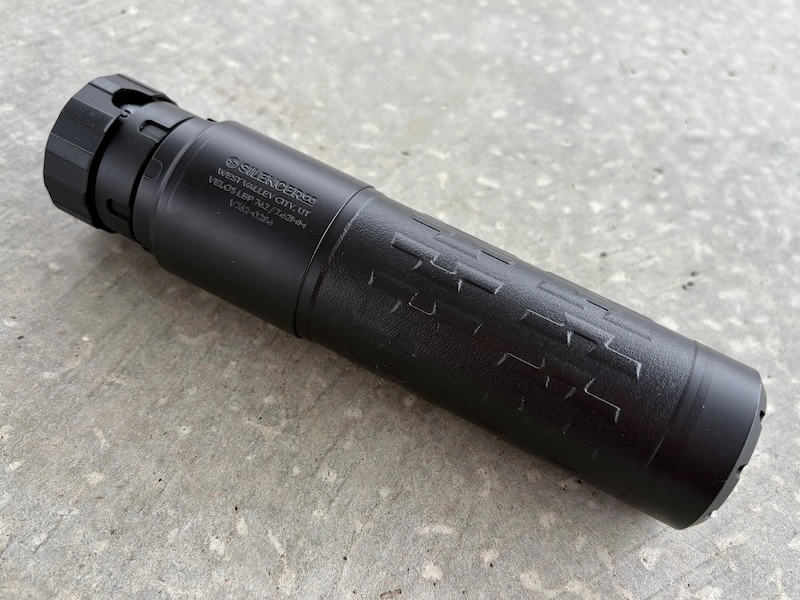
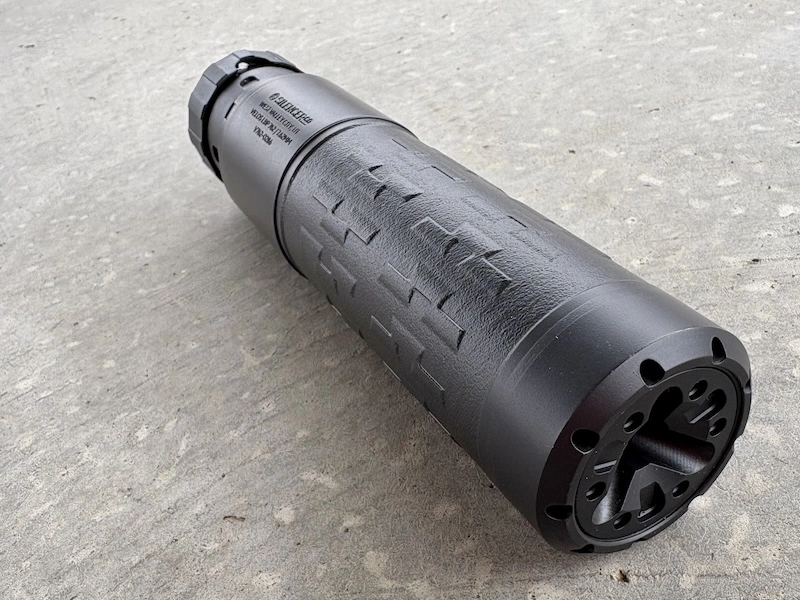
On the end closest to the muzzle of the gun, SilencerCo has added a device they call the Hoplon blast baffle. I think of this as a hardcore baffle that has a narrow opening — smaller than the other baffles. This helps to isolate the debris that exists the barrel and keep it from catching in or slamming into the baffles behind it. Even for a sealed system, this keeps the Velos suppressors running clean.
The Velos LBP 762 can contain the pressure of a .300 WM. And there are no barrel restrictions. Adding a 762 to an AK will extend its length by six inches, but adding one to a PAP or a Draco would be even better.
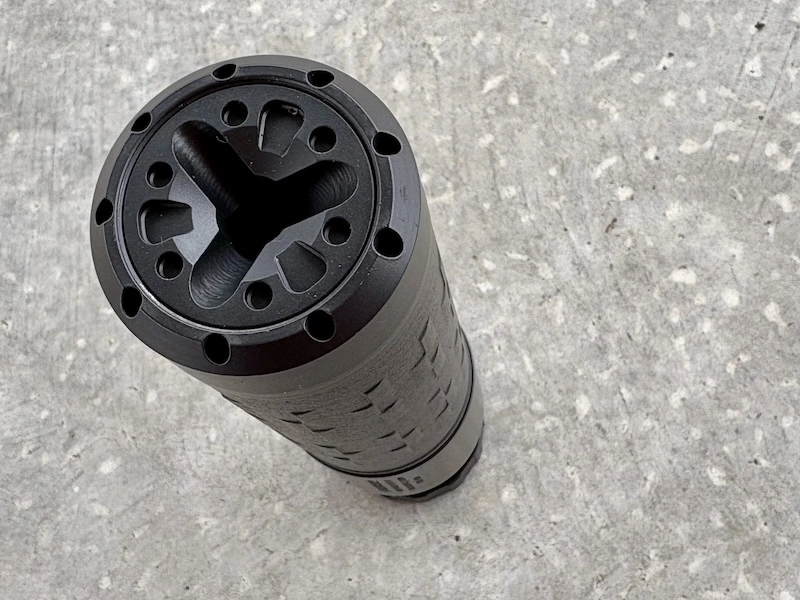
How To Attach the Velos LBP
With AKs, you’ll want to sort out the thread pitch issue mentioned earlier. I’d also recommend checking to make sure the bore on your rifle is parallel to the thread pitches. Without throwing shade on Russian gunsmiths, I’ll note that the AK platform is not known for its tight margins of error. If your barrel isn’t threaded correctly, you should fix it before suppressing the gun.
The easiest way is to thread on the suppressor and then drop a down a dowel, one that is straight and as close to the diameter of the bore as possible. If the suppressor is out of alignment, you should see where the dowel contacts the baffles. When in doubt, have a professional check it. For what it’s worth, I’ve never seen an AR with this issue.
Charlie Accessories
The Velos LBP 7.62 comes with a .30 caliber muzzle brake, a Charlie ASR Mount, and the internal .30 caliber Charlie flash hider.
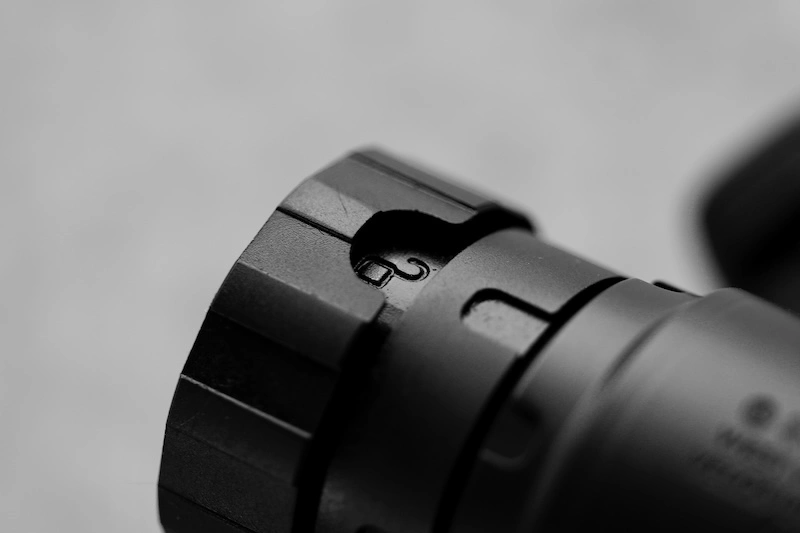
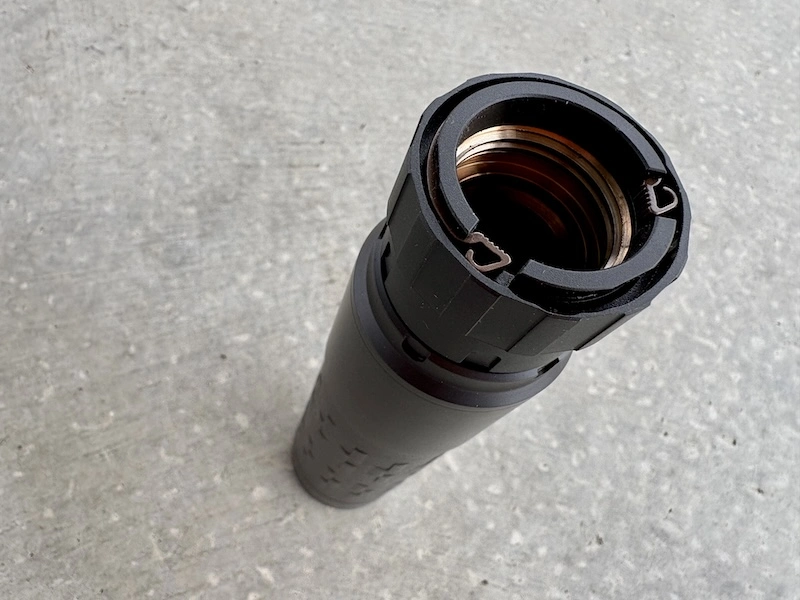
How Well Does the Velos LBP Reduce Noise?
SilencerCo’s testing shows the Velos LBP 762 averages at 138.3 dB. With a .308. running 7.62 x 39, it is lower than this. This is well below the level at which noise begins to do irreparable damage. If I were to use this suppressor in the field, I wouldn’t bother with hearing protection. On the range, where I tend to shoot high round counts, I do. I’ve made poor decisions in my time regarding hearing protection and I’m more sensitive now than I’d like.
A Worthwhile Investment
I’ve been shooting AKs seriously for more than two decades. This is the first suppressor I’ve found that provides the ergonomics, noise reduction, and — most significantly — reliability that I’m looking for. The AK platform, even this old WASR-10, is known for unfailing performance and now that reliability is possible with much less noise.



